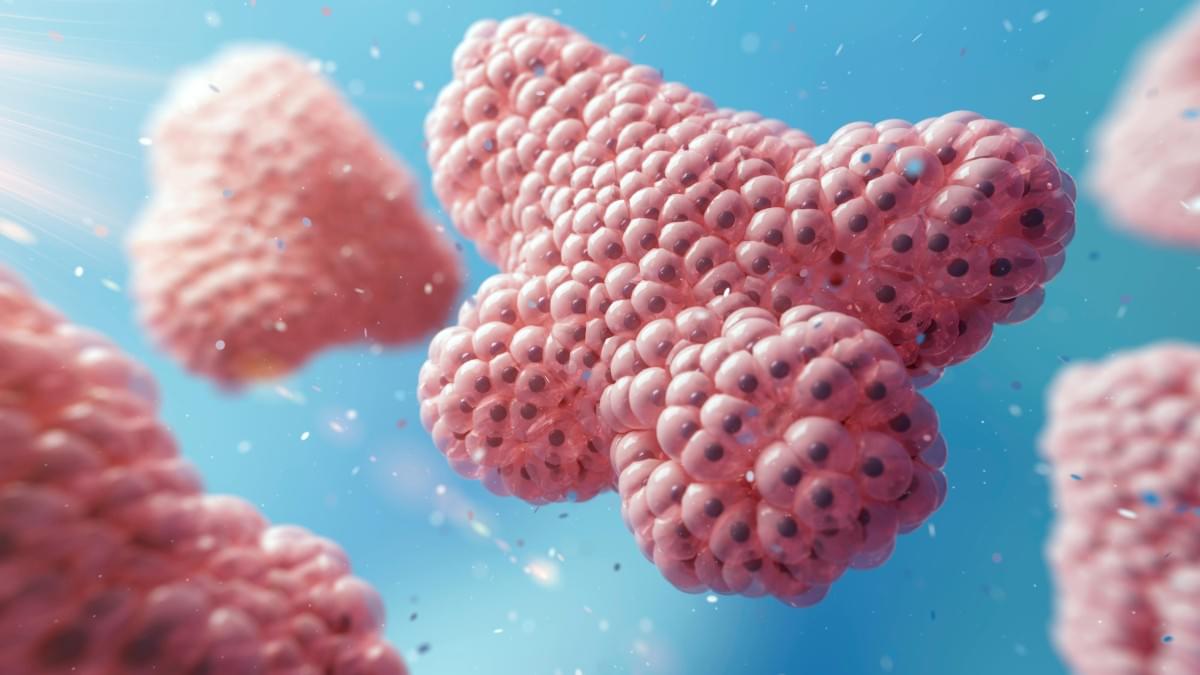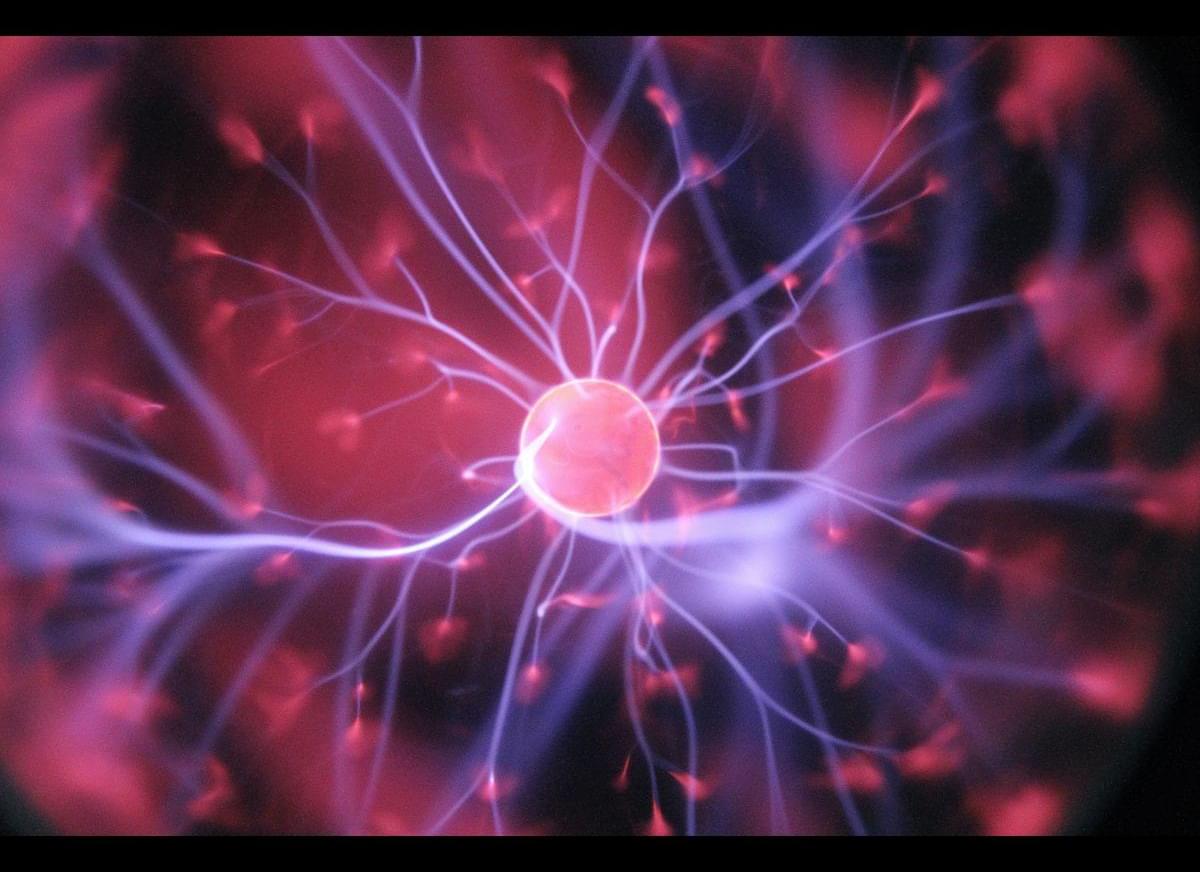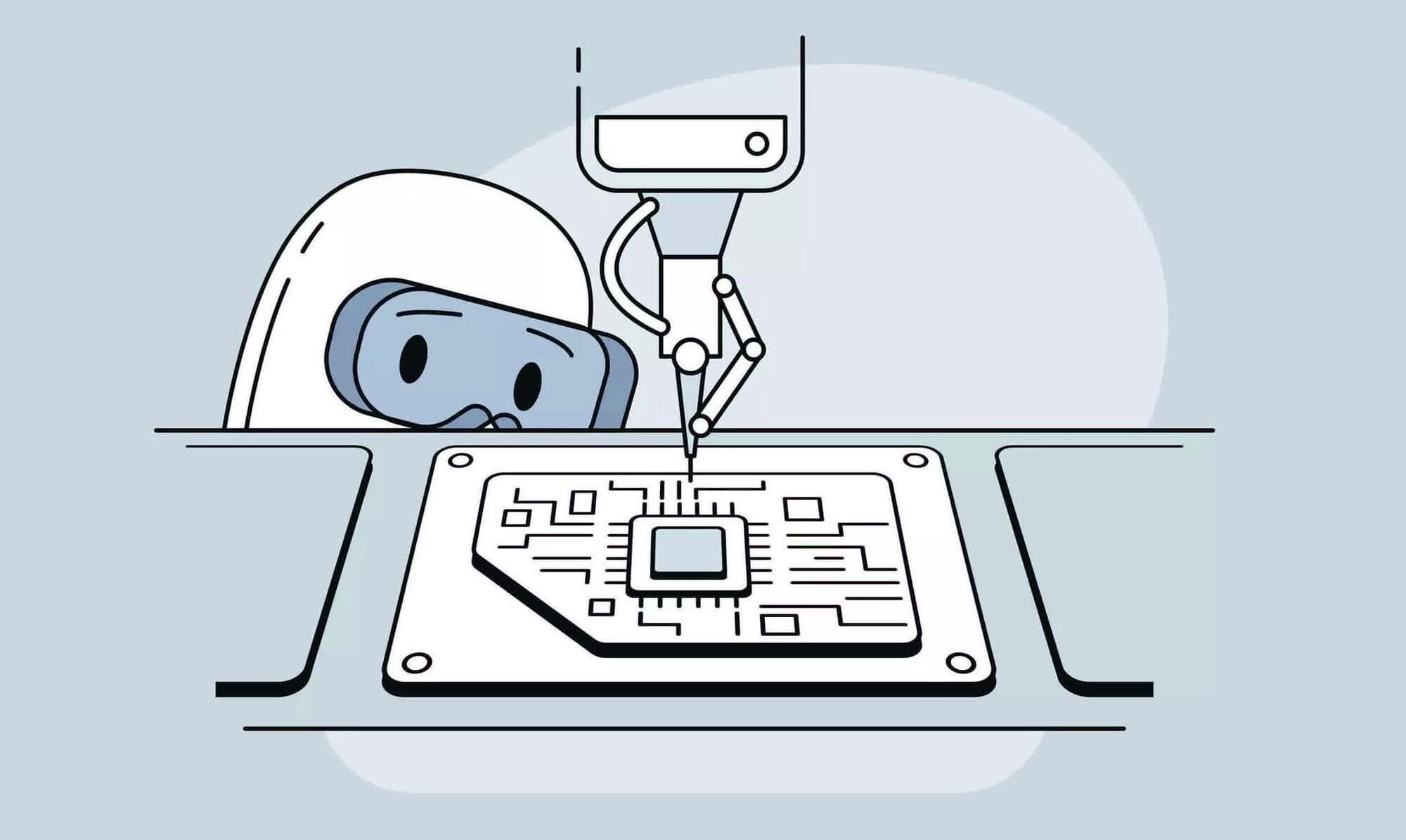Physicists have made a groundbreaking discovery that confirms a century-old quantum theory by capturing images of free-range atoms interacting in space for the first time.



Our research found that the phenomenon arises when the part of the brain which detects familiarity de-synchronises with reality. Déjà vu is the signal which alerts you to this weirdness: it is a type of “fact checking” for the memory system.
But repetition can do something even more uncanny and unusual. The opposite of déjà vu is “jamais vu”, when something you know to be familiar feels unreal or novel in some way. In our recent research, which has just won an Ig Nobel award for literature, we investigated the mechanism behind the phenomenon.
Jamais vu may involve looking at a familiar face and finding it suddenly unusual or unknown. Musicians have it momentarily – losing their way in a very familiar passage of music. You may have had it going to a familiar place and becoming disorientated or seeing it with “new eyes”


Biannual international conference co-organized by Frédéric Barbaresco and Frank Nielsen. Last updated, February 2025.
Scientific realists hold that we are justified in believing that our best scientific theories are true. But what if those theories are inconsistent? This video examines the argument that realists are committed to believing that there are true contradictions.
I offer private tutoring in philosophy. For details please email me: [email protected].
Support me on Patreon: / kanebaker91
Donate to my PayPal: https://paypal.me/kanebaker91
My Discord: / discord.
0:00 — Introduction.

A new study involving over 700 older adults suggests that taking one gram of omega-3 daily may help slow biological aging, with effects visible in molecular markers known as epigenetic clocks.
When combined with vitamin D and regular exercise, the anti-aging benefits became even more pronounced, lowering the risks of frailty and cancer as well.
Omega-3 linked to slower aging in humans.


All of the cooling methods we’ve discussed so far work by the simple transfer of heat from a hot chip to the surrounding air. This means a chip can never get colder than the ambient temperature of the room it’s in. If we want to cool below ambient temperatures, or if we need to cool something massive like an entire data center, we need to apply some additional science. This is where chillers and thermoelectric coolers come in.
Thermoelectric cooling, also known as a Peltier device, is not very popular at the moment but has the potential to become very useful. These devices transfer heat from one side of a cooling plate to the other by consuming electricity. They use special thermoelectric materials that can create a temperature difference via an electric potential.
When a DC current flows through the device, heat is absorbed from one side and transferred to the other, allowing the “cool” side to drop below ambient temperature. Currently, these devices remain niche because they require a lot of energy to achieve significant cooling. However, researchers are working to develop more efficient versions for broader use.

We use cookies to make sure that our website works properly, as well as some optional cookies to personalise content and advertising, provide social media features and analyse how people use our site. By accepting some or all optional cookies you give consent to the processing of your personal data, including transfer to third parties, some in countries outside of the European Economic Area that do not offer the same data protection standards as the country where you live. You can decide which optional cookies to accept by clicking on “Manage preferences”, where you can also find more information about how your personal data is processed. Further information can be found in our privacy policy.